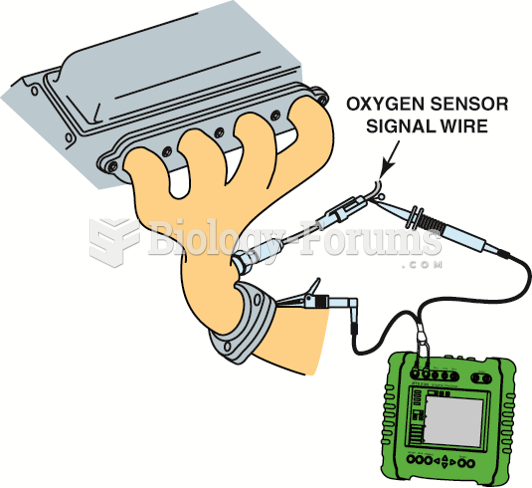|
|
|
In 1864, the first barbiturate (barbituric acid) was synthesized.
About 3% of all pregnant women will give birth to twins, which is an increase in rate of nearly 60% since the early 1980s.
Drug-induced pharmacodynamic effects manifested in older adults include drug-induced renal toxicity, which can be a major factor when these adults are experiencing other kidney problems.
Stevens-Johnson syndrome and Toxic Epidermal Necrolysis syndrome are life-threatening reactions that can result in death. Complications include permanent blindness, dry-eye syndrome, lung damage, photophobia, asthma, chronic obstructive pulmonary disease, permanent loss of nail beds, scarring of mucous membranes, arthritis, and chronic fatigue syndrome. Many patients' pores scar shut, causing them to retain heat.
The U.S. Pharmacopeia Medication Errors Reporting Program states that approximately 50% of all medication errors involve insulin.
 Connecting a handheld digital storage oscilloscope to an oxygen sensor signal wire. The use of the ...
Connecting a handheld digital storage oscilloscope to an oxygen sensor signal wire. The use of the ...
 Touch the test light to the negative (–) terminal of the battery or a good engine ground to check ...
Touch the test light to the negative (–) terminal of the battery or a good engine ground to check ...





